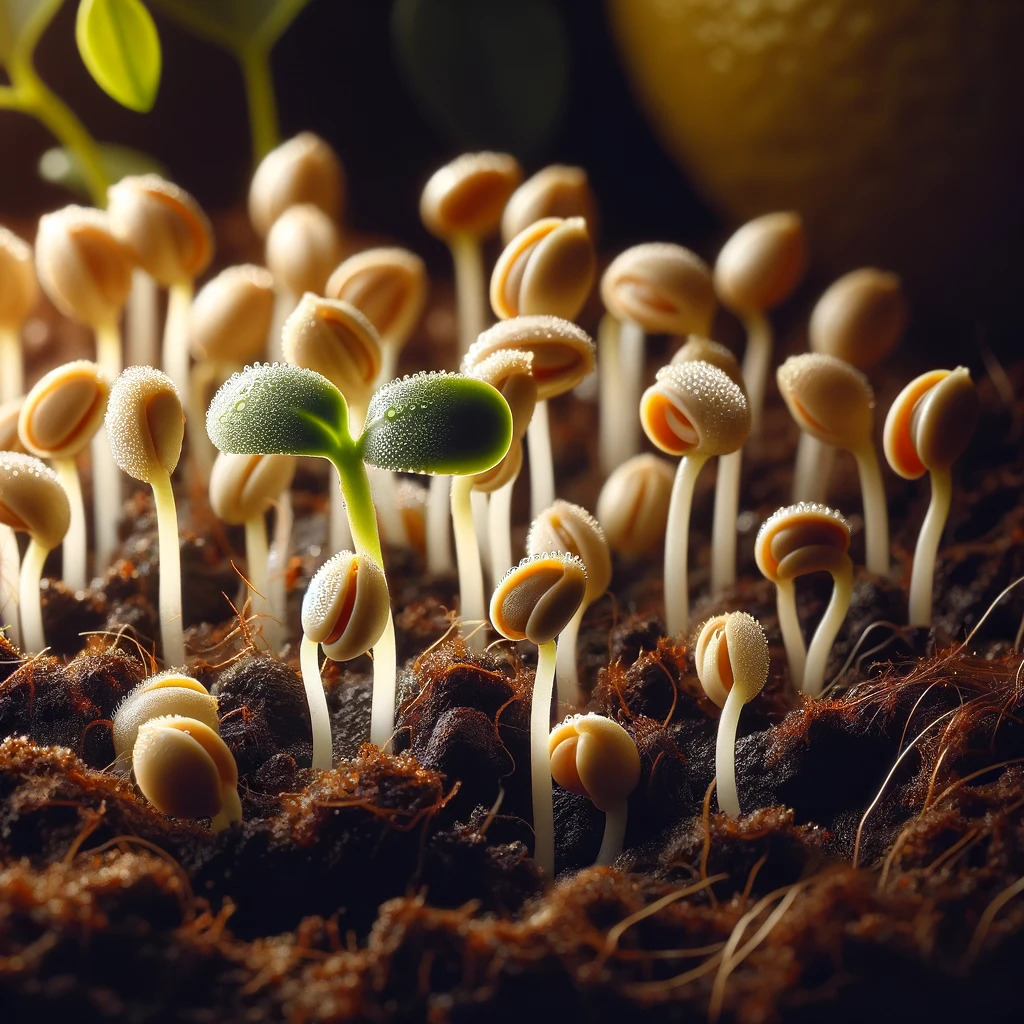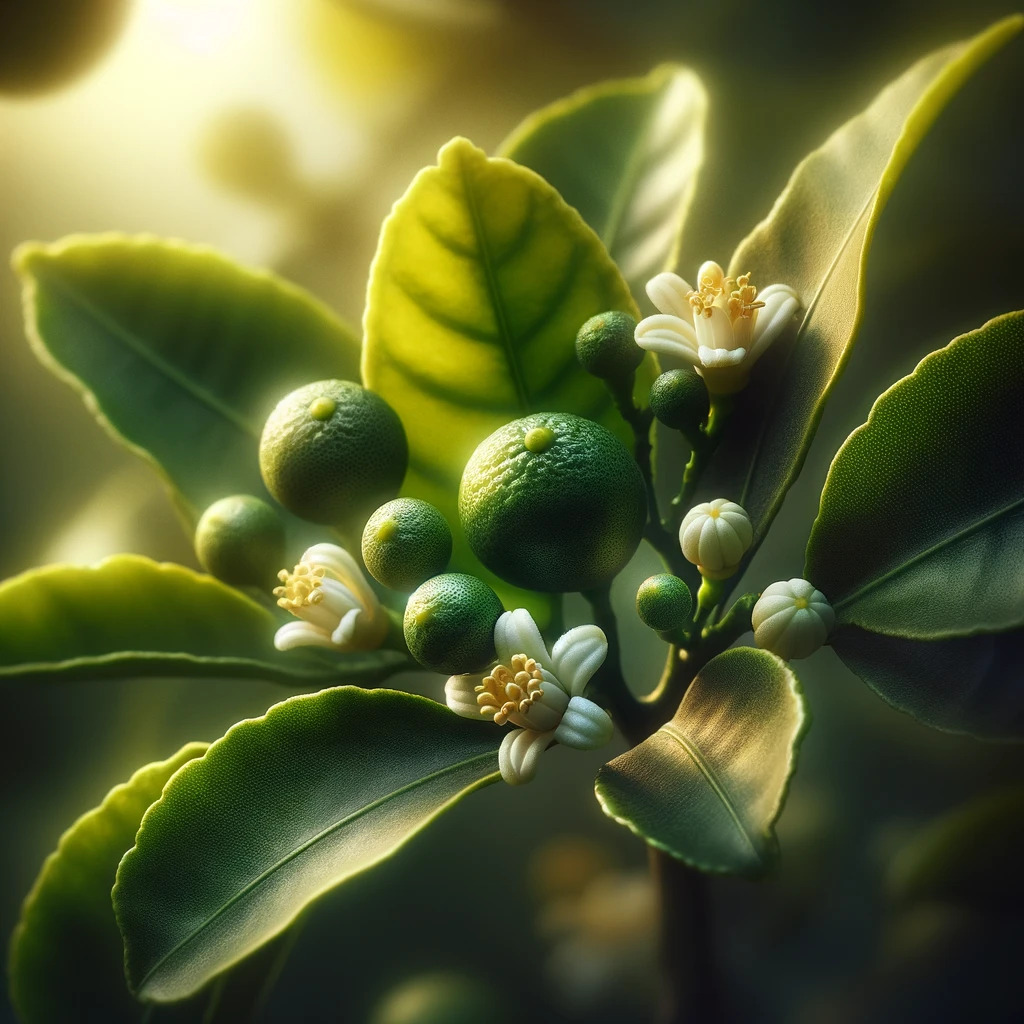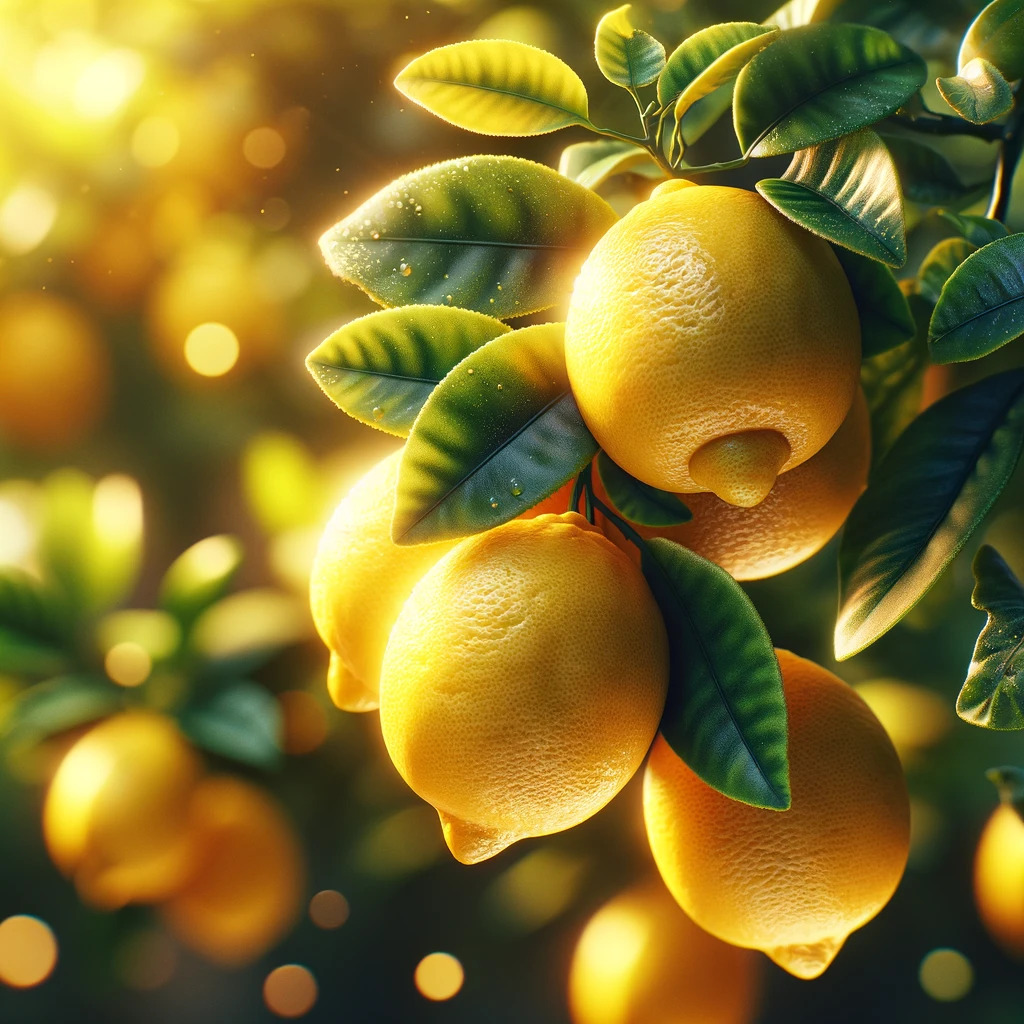Lemon is a citrus fruit of great value in Latin American agriculture, prized for its versatility and nutritional properties. Understanding the phenological stages of lemon is crucial for producers looking to maximize the quality and quantity of their harvest. This article details each stage of lemon development, providing essential technical information for effective agronomic management.
Phenological Stages of Lemon
Stage 1: Germination and Initial Growth
- Start of Development: Lemon germination begins with the sowing of seeds or the planting of grafts. Ensuring good drainage and fertile soil is important for the establishment of seedlings.
- Early Growth Phases: Young lemon plants require protection from extreme factors such as frost or excessive heat. Balanced nutrition and adequate irrigation are fundamental for healthy growth.

Stage 2: Vegetative Development
- Leaf and Branch Formation: During this stage, the lemon plant develops its leaf structure and branches. Pruning may be necessary to form the desired tree structure and promote better fruit production.
- Nutrition and Irrigation: Balanced nutrition is key, focusing on nitrogen, phosphorus, potassium, and essential micronutrients. Irrigation should be regular but without waterlogging to avoid root diseases.

Stage 3: Flowering and Pollination
- Flowering: The flowering stage is critical for lemon production. Flowers must be protected from adverse conditions, and good pollination is essential to ensure fruit formation.
- Management During Flowering: Protection against pests and diseases is crucial. In some cases, the use of pollinators may be necessary to ensure adequate pollination and fruit formation.

Stage 4: Fruiting and Maturation
- Fruit Development: After pollination, fruit development begins. It’s important to monitor and control pests and diseases, as well as maintain adequate irrigation for optimal lemon development.
- Maturation: Lemon maturation is a gradual process. Irrigation and nutrition should be adjusted to facilitate maturation and improve fruit quality.

Stage 5: Harvest and Post-Harvest
- Harvest: Lemon harvesting should be carried out carefully to select fruits at the optimal maturity. It is vital to avoid mechanical damage during collection.
- Post-Harvest Management: Lemons require careful post-harvest handling, including proper storage and transport to preserve their quality and shelf life.

Conclusion
Proper management of the phenological stages of lemon is essential for successful production. The application of appropriate cultivation techniques can result in a significant improvement in the quality and quantity of the harvest.
 AgronoBlog – Agriculture Blog
AgronoBlog – Agriculture Blog